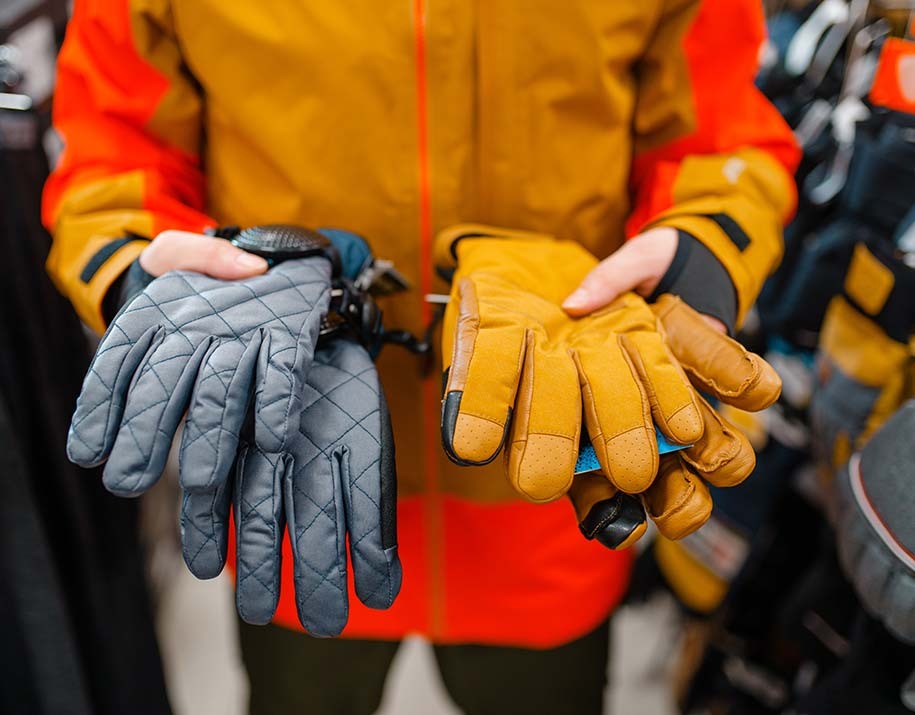Choosing the Right Work Glove for Your Job

When it comes to workplace safety, gloves are often the first line of defense. However, not all gloves are created equal. Choosing the right pair for your job is crucial—not only for protection but also for efficiency and comfort.
The first step is understanding your work environment. For example, construction workers face risks like cuts, abrasions, and impacts, so they need durable, reinforced gloves. On the other hand, warehouse staff may prioritize grip and flexibility over heavy padding.
Material plays a vital role. Leather gloves are excellent for rugged outdoor work, offering durability and grip. Synthetic materials such as nitrile and polyurethane provide chemical resistance and dexterity, making them ideal for industries like automotive or laboratory settings. For high-heat environments, insulated or flame-resistant gloves are a must.
Fit is equally important. Gloves that are too loose can reduce grip and cause accidents, while overly tight gloves may restrict movement and cause discomfort during long hours. Modern ergonomic designs help reduce hand fatigue, boosting productivity.
Workers should also consider additional features such as impact resistance, cut protection, or touchscreen compatibility for digital tools. Employers, meanwhile, should ensure proper training on glove selection and maintenance, as even the best gloves wear out over time.
Ultimately, the right glove is the one that matches your job requirements. By investing in proper hand protection, workers not only safeguard their health but also enhance their efficiency on the job. Choosing wisely means working confidently.